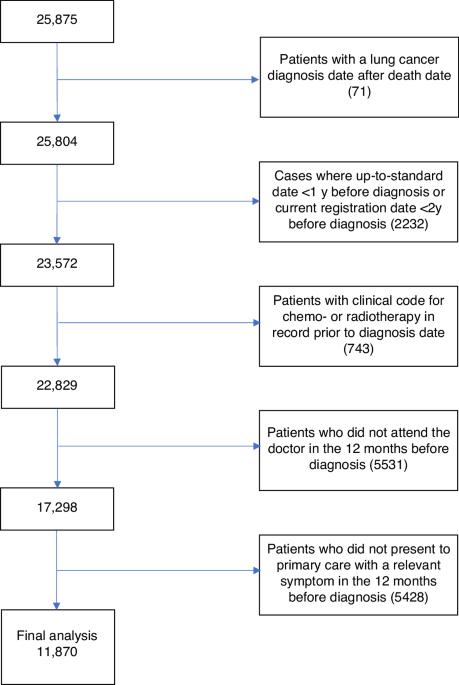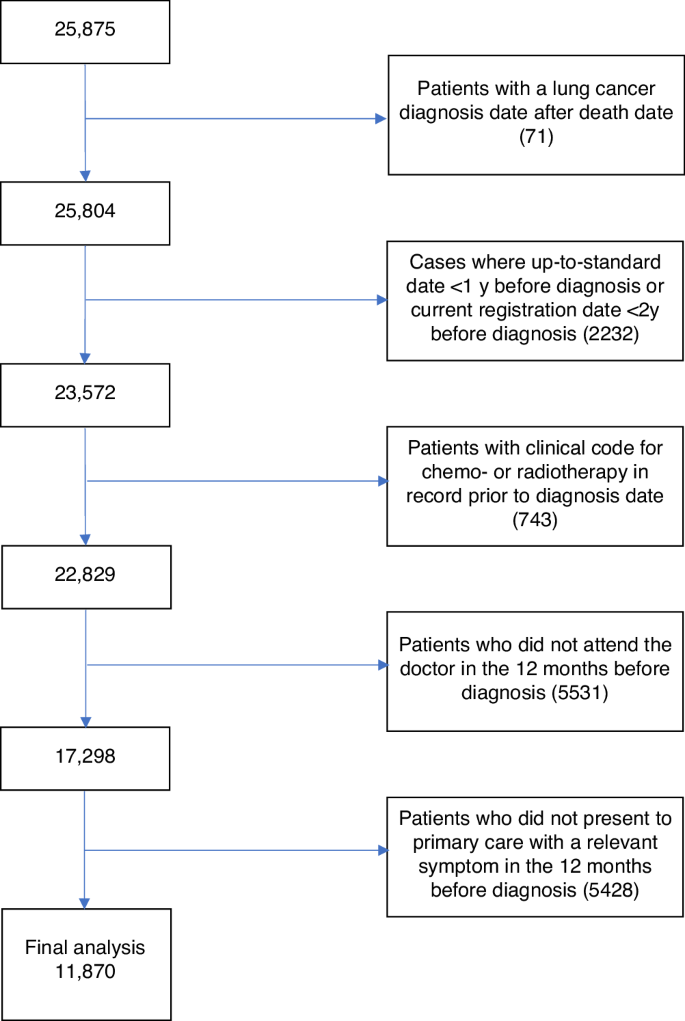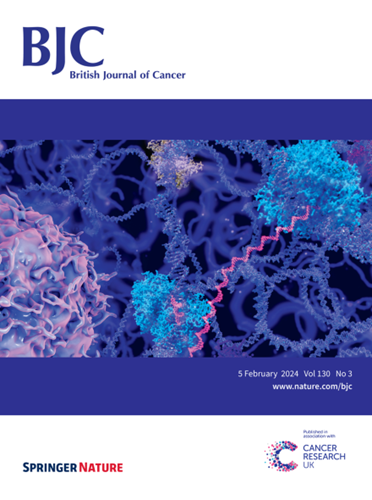The effect of comorbidities on diagnostic interval for lung cancer in England: a cohort study using electronic health record data
IF 6.4
1区 医学
Q1 ONCOLOGY
引用次数: 0
Abstract
Comorbid conditions may delay lung cancer diagnosis by placing demand on general practioners’ time reducing the possibility of prompt cancer investigation (“competing demand conditions”), or by offering a plausible non-cancer explanation for signs/symptoms (“alternative explanation conditions”). Patients in England born before 1955 and diagnosed with incident lung cancer between 1990 and 2019 were identified in the Clinical Practice Research Datalink and linked hospital admission and cancer registry data. Diagnostic interval was defined as time from first presentation in primary care with a relevant sign/symptom to the diagnosis date. 14 comorbidities were classified as ten “competing demand“ and four “alternative explanation” conditions. Associations with diagnostic interval were investigated using multivariable linear regression models. Complete data were available for 11870 lung cancer patients. In adjusted analyses diagnostic interval was longer for patients with “alternative explanation” conditions, by 31 and 74 days in patients with one and ≥2 conditions respectively versus those with none. Number of “competing demand” conditions did not remain in the final adjusted regression model for diagnostic interval. Conditions offering alternative explanations for lung cancer symptoms are associated with increased diagnostic intervals. Clinical guidelines should incorporate the impact of alternative and competing causes upon delayed diagnosis.


合并症对英格兰肺癌诊断间隔期的影响:利用电子健康记录数据进行的队列研究。
背景:合并症可能会延迟肺癌诊断,因为合并症占用了全科医生的时间,降低了及时进行癌症调查的可能性("竞争性需求条件"),或者为体征/症状提供了一种似是而非的非癌症解释("替代性解释条件"):方法:从临床实践研究数据链(Clinical Practice Research Datalink)以及相关的入院和癌症登记数据中识别出 1955 年前出生、1990 年至 2019 年期间确诊为肺癌的英格兰患者。诊断间隔被定义为从首次出现相关体征/症状到诊断日期的时间。14种合并症被分为10种 "竞争性需求 "和4种 "替代性解释"。采用多变量线性回归模型对诊断间隔的相关性进行了研究:共有 11870 名肺癌患者的完整数据。在调整分析中,有 "替代解释 "条件的患者诊断间隔时间更长,有一个和≥两个条件的患者诊断间隔时间分别比没有条件的患者长 31 天和 74 天。在诊断间隔的最终调整回归模型中,"竞争性需求 "病症的数量并不存在:结论:为肺癌症状提供替代解释的病症与诊断间隔的延长有关。临床指南应纳入替代和竞争原因对延迟诊断的影响。
本文章由计算机程序翻译,如有差异,请以英文原文为准。
求助全文
约1分钟内获得全文
求助全文
来源期刊

British Journal of Cancer
医学-肿瘤学
CiteScore
15.10
自引率
1.10%
发文量
383
审稿时长
6 months
期刊介绍:
The British Journal of Cancer is one of the most-cited general cancer journals, publishing significant advances in translational and clinical cancer research.It also publishes high-quality reviews and thought-provoking comment on all aspects of cancer prevention,diagnosis and treatment.
 求助内容:
求助内容: 应助结果提醒方式:
应助结果提醒方式:


